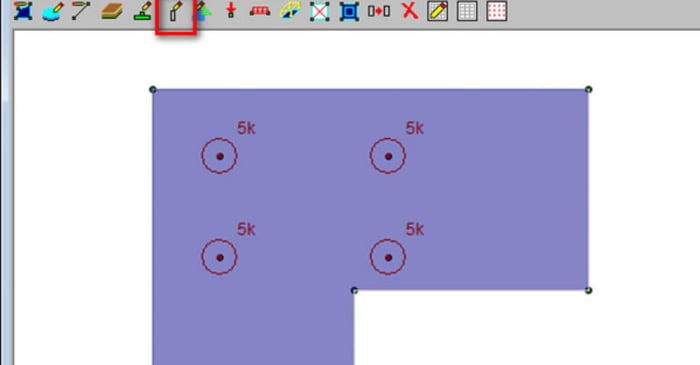
April 22, 2014
How can I check a Slab on Grade for Post Loads?
Need to first know how to model a slab on grade? See our Slabs on Grade article to learn how to model slabs on grade:
Halloween isn’t just for candy and costumes—it’s the perfect time to test your spooky engineering skills! We’ve brewed up a Halloween-themed RISA Jeopardy game, packed with fun, easy questions about our software. Tip for readers: Try to answer before revealing the “treat” below each question! 💀 Can You Count? 100 – RISACalc: How many components are currently available in RISACalc? 10 (Beam, Column, Steel Joist, Composite Beam, Retaining Wall, Spread Footing, Wall Footing, Drilled Pier, Seismic Load, Wind Load) 200 – FD: How many Data Entry spreadsheets are available in RISAFoundation? 25 300 – RISA-3D: How many countries or regions have building codes supported in RISA-3D? 9 (US, Canada, Mexico, Europe, Great Britain, India, Australia, New Zealand, Saudi Arabia) 🎃 Adaptable 100 – ADAPT: Which of these is not an ADAPT product? ADAPT-Builder, ADAPT-Felt, ADAPT-Floor, ADAPT-ABI ADAPT-Floor 200 – ADAPT: Which mode of ADAPT-Builder is used to design slabs-on-grade on expansive soils using the PTI method? ADAPT-SOG 🕸️ The Whole Family 100 – Other: This steel detailing software and fellow Nemetschek brand has a built-in export option in RISA-3D. SDS2 200 – Other: Which design code is the most common in our software, found in 8 of our 10 programs?…
Read More

Need to first know how to model a slab on grade? See our Slabs on Grade article to learn how to model slabs on grade:
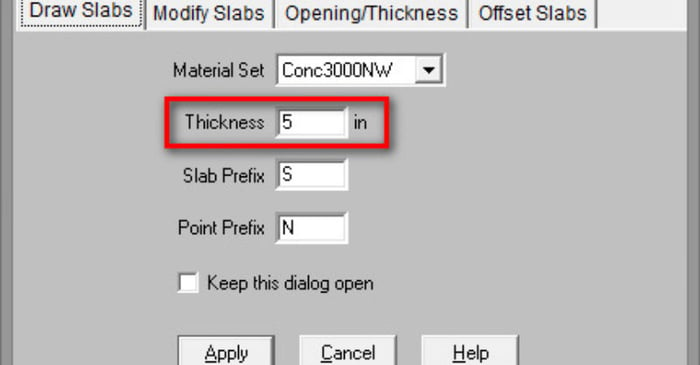
RISAFoundation was originally created as mat slab design software, but with some tweaks in the latest version (v6.0) it is now useful for slab on grade design as well. To get a design for slab on grade simply draw a slab element which has the appropriate thickness:
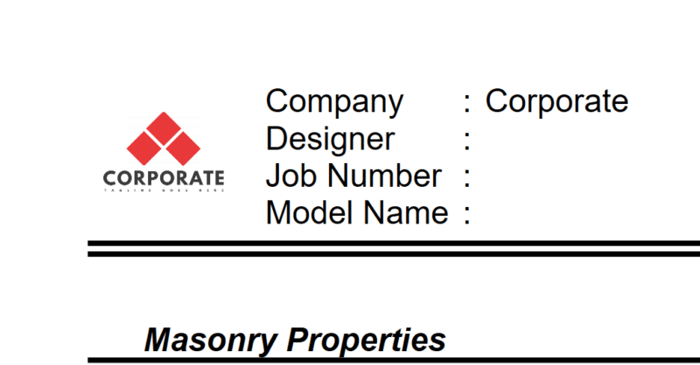
Now you have the ability to add in your customized company logo to a report.
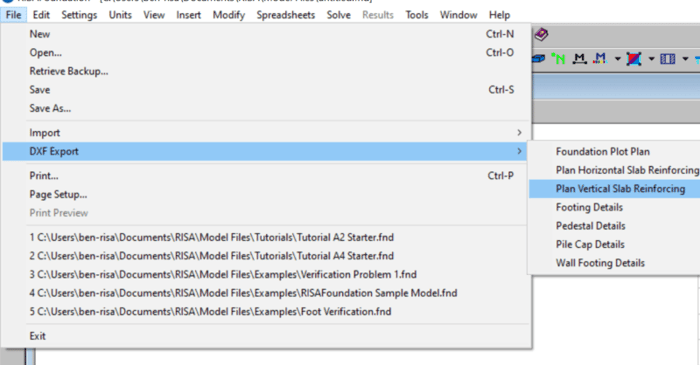
RISAFoundation has the ability to export detailed reinforcement drawings for footings, pile caps, pedestals, and slabs.

This video shows how slab modifications can used to add an opening or change the thickness of a portion of the slab in RISAFoundation.

RISAFoundation includes a footing element which is represented by a single node. A frequent question that arises is how to apply multiple point loads to a single footing, but at different locations. This can be done with or without corresponding pedestals, but for the example below multiple...

RISAFloor, RISA-3D, and RISAFoundation all allow the user to export a model as a DXF file for use in most major CAD programs.
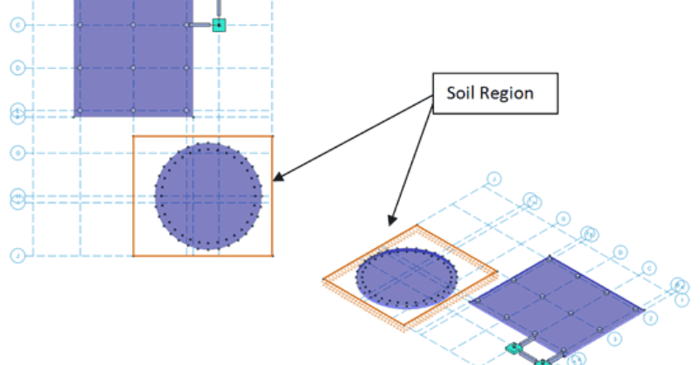
While RISAFoundation has a Default soil properties (Subgrade Modulus and Allowable Bearing), it is possible to create regions of varying soil properties.
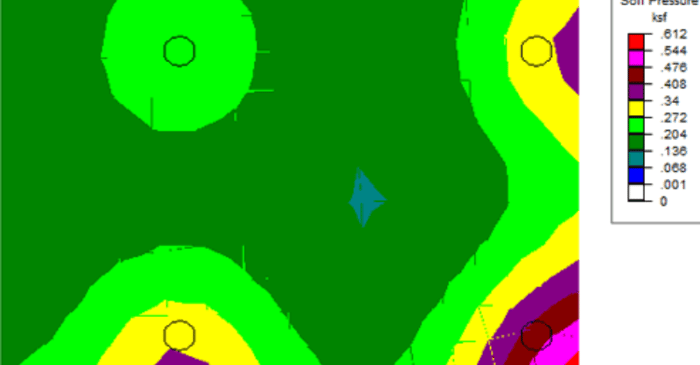
RISAFoundation has the capability to report soil bearing pressures, and check them against allowable pressures.
Our monthly "Structural Moment" newsletter is the best way to keep up with RISA’s product updates, new releases, new features, training events, webinars and more...